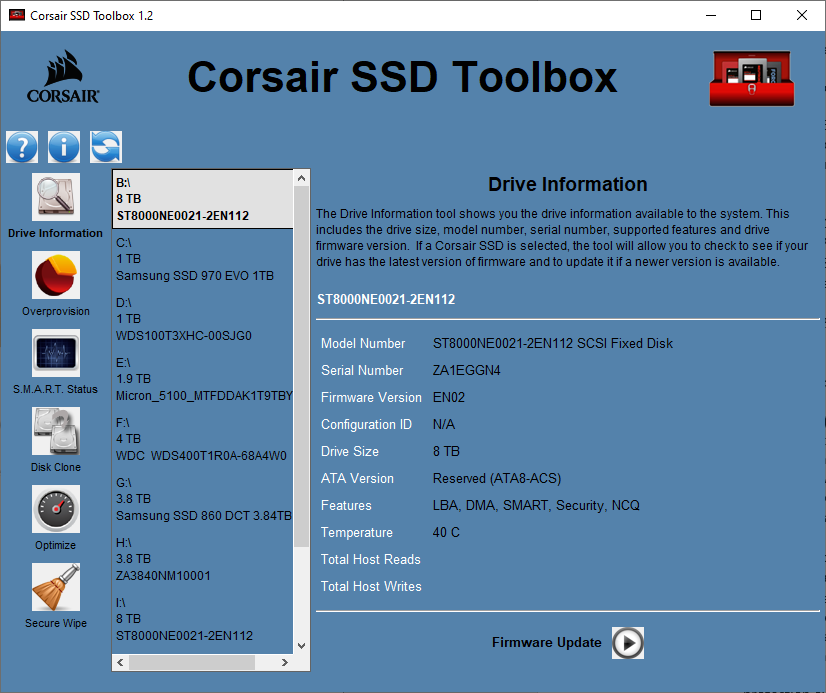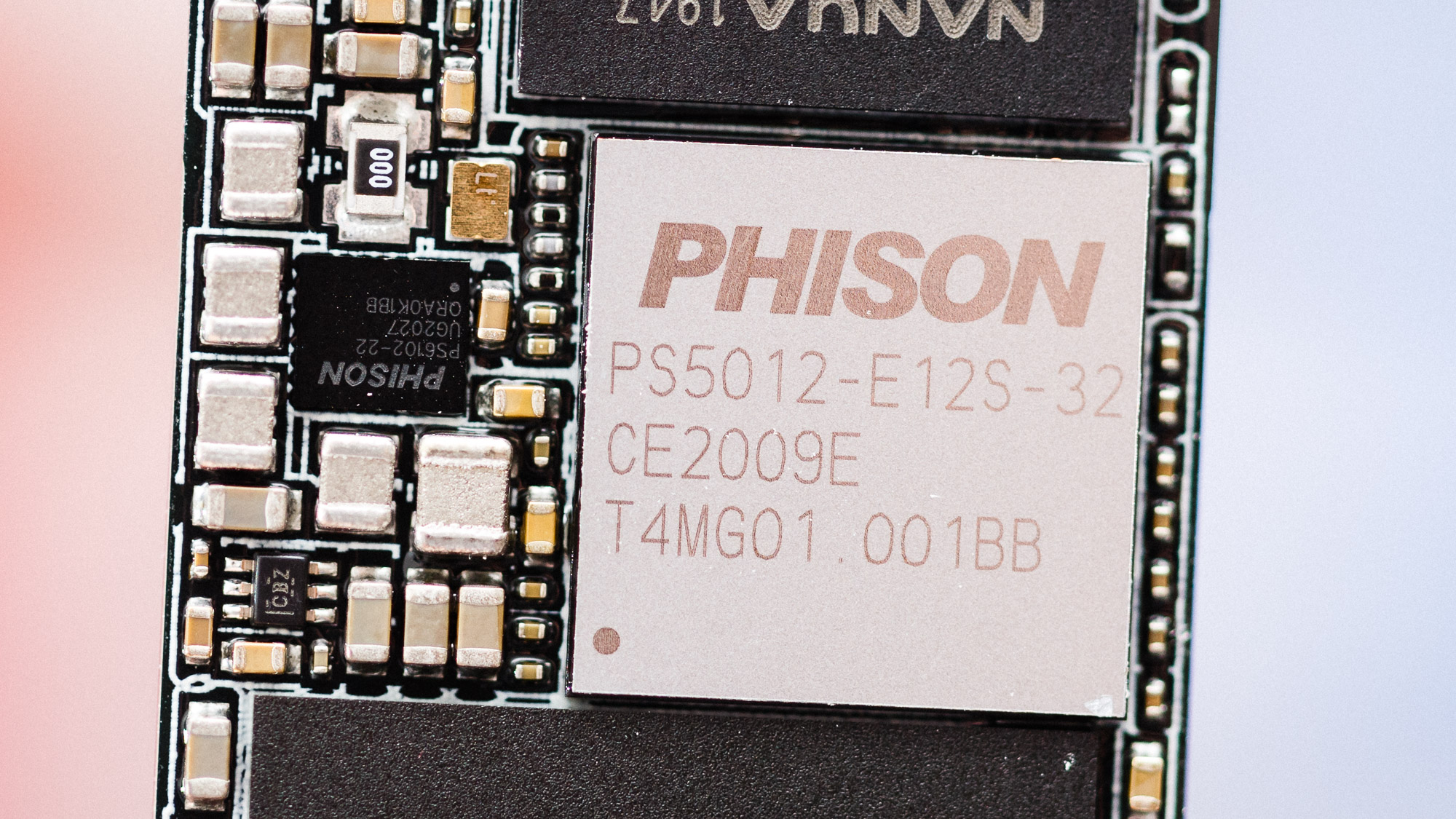Tom's Hardware Verdict
Corsair’s Force MP400 comes up short on endurance, but is still a responsive and affordable NVMe SSD well worth considering -- especially if you need the massive 8TB capacity.
Pros
- +
Capacities up to 8TB
- +
Attractive design
- +
Affordable
- +
Full PCIe 3.0 x4 performance
- +
Large dynamic write cache
- +
5-year warranty
Cons
- -
Slow writes after cache fills
- -
Low endurance-per-GB compared to TLC
Why you can trust Tom's Hardware
Corsair has a surprisingly robust range of NVMe SSDs for various needs. Corsair’s Force MP510 is for the mainstream gamer, while the MP600 is for the enthusiast looking for the latest Gen4 performance. But the 510 maxes out at 4TB and the MP600 stops at a measly 2TB. Looking for higher capacity within the company’s SSD portfolio? Look no more, because Corsair’s Force MP400 fills in the gap by delivering both high capacity and fast performance at affordable prices.
Corsair’s Force MP400 is a cost-effective gen3 NVMe SSD built for DIY PC builders set on gaming or content creation. Powered by Phison’s E12S NVMe SSD controller and Micron’s high density 96-layer QLC, this pairing is eerily similar to Sabrent’s Rocket Q, except that Corsair company has tweaked the design to their taste. Corsair’s Force MP400 is the lowest-end NVMe SSD in the company’s lineup, but retains attractive looks thanks to its blacked-out design.
Specifications
| Product | Force MP400 1TB | Force MP400 2TB | Force MP400 4TB | Force MP400 8TB |
|---|---|---|---|---|
| Pricing | $119.99 | $254.99 | $584.99 | $1,349.99 |
| Capacity (User / Raw | 1000GB / 1024GB | 2000GB / 2048GB | 4000GB / 4096GB | 8000GB / 8192GB |
| Form Factor | M.2 2280 | M.2 2280 | M.2 2280 | M.2 2280 |
| Interface / Protocol | PCIe 4.0 x4 / NVMe 1.3 | PCIe 4.0 x4 / NVMe 1.3 | PCIe 3.0 x4 / NVMe 1.3 | PCIe 3.0 x4 / NVMe 1.3 |
| Controller | Phison E16 | Phison E16 | Phison E12S | Phison E12S |
| DRAM | DDR4 | DDR4 | DDR4 | DDR4 |
| Memory | Micron 96L QLC | Micron 96L QLC | Micron 96L QLC | Micron 96L QLC |
| Sequential Read | 3,480 MBps | 3,480 MBps | 3,480 MBps | 3,480 MBps |
| Sequential Write | 1,880 MBps | 3,000 MBps | 3,000 MBps | 3,000 MBps |
| Random Read | 190,000 IOPS | 380,000 IOPS | 610,000 IOPS | 610,000 IOPS |
| Random Write | 470,000 IOPS | 560,000 IOPS | 710,000 IOPS | 710,000 IOPS |
| Security | N/A | N/A | N/A | N/A |
| Endurance (TBW) | 200 TB | 400 TB | 800 TB | 1,600 TB |
| Part Number | CSSD-F1000GBMP400 | CSSD-F2000GBMP400 | CSSD-F4000GBMP400 | CSSD-F8000GBMP400 8 |
| Warranty | 5-Years | 5-Years | 5-Years | 5-Years |
Corsair’s Force MP400 is fairly affordable, especially at the lower capacities. The SSD is available in capacities of 1TB, 2TB, 4TB, and 8TB, with prices ranging from as little as $120 for the smallest capacity and up to $1,350 for the monstrous 8TB model.
Over a PCIe 3.0 x4 link, these SSDs will deliver speeds of up to 3,480/3,000 MBps read/write under sequential requests, as well as handle up to 610,000/710,000 random read/write IOPS. It doesn’t sustain that performance, however. Like all TLC- and QLC-based SSDs, Corsair’s Force MP400 features a dynamic SLC cache. The dynamic SLC caching spans one-quarter of the SSD’s available space, and after writing roughly 250GB, our 1TB sample degrades in performance quite a bit -- the extent of which will be analyzed on the next page.
With all that speed, the MP400 can quickly write a lot of data, which if you write a lot, can eat through the QLC NAND’s endurance. Fortunately, Corsair’s Force MP400 implements a bunch of technologies to improve data integrity and reliability. These include SmartECC (Phison’s third-gen 340bit/2KB Low-Density Parity-Check ECC), End-to-End Data Protection, SmartRefresh to refresh blocks periodically for improved data retention, and the company even factory overprovisions the capacity by 9%. That said, endurance ratings are still lackluster. Corsair only rates the MP400 to sustain up to 200 TB of writes per 1TB in capacity within a five-year-long warranty, whichever comes first.
Also, unlike the MP510 and MP600, the MP400 does not feature AES 256-bit hardware encryption, a bummer for those security buffs out there, although it does support Trim, secure erase, as well as S.M.A.R.T. data reporting.
Get Tom's Hardware's best news and in-depth reviews, straight to your inbox.
Software and Accessories
Corsairs’ SSD Toolbox is quite dated and not quite up to the standards of the company’s iCUE or LINK software. Still, SSD toolboxes are a luxury, more than a need, so though it could use an overhaul, it still provides some decent functionality. With it, you can monitor the SSD’s health, update its firmware if applicable, manually run Trim, or even secure erase the SSD, even when operating as the boot drive.
A Closer Look
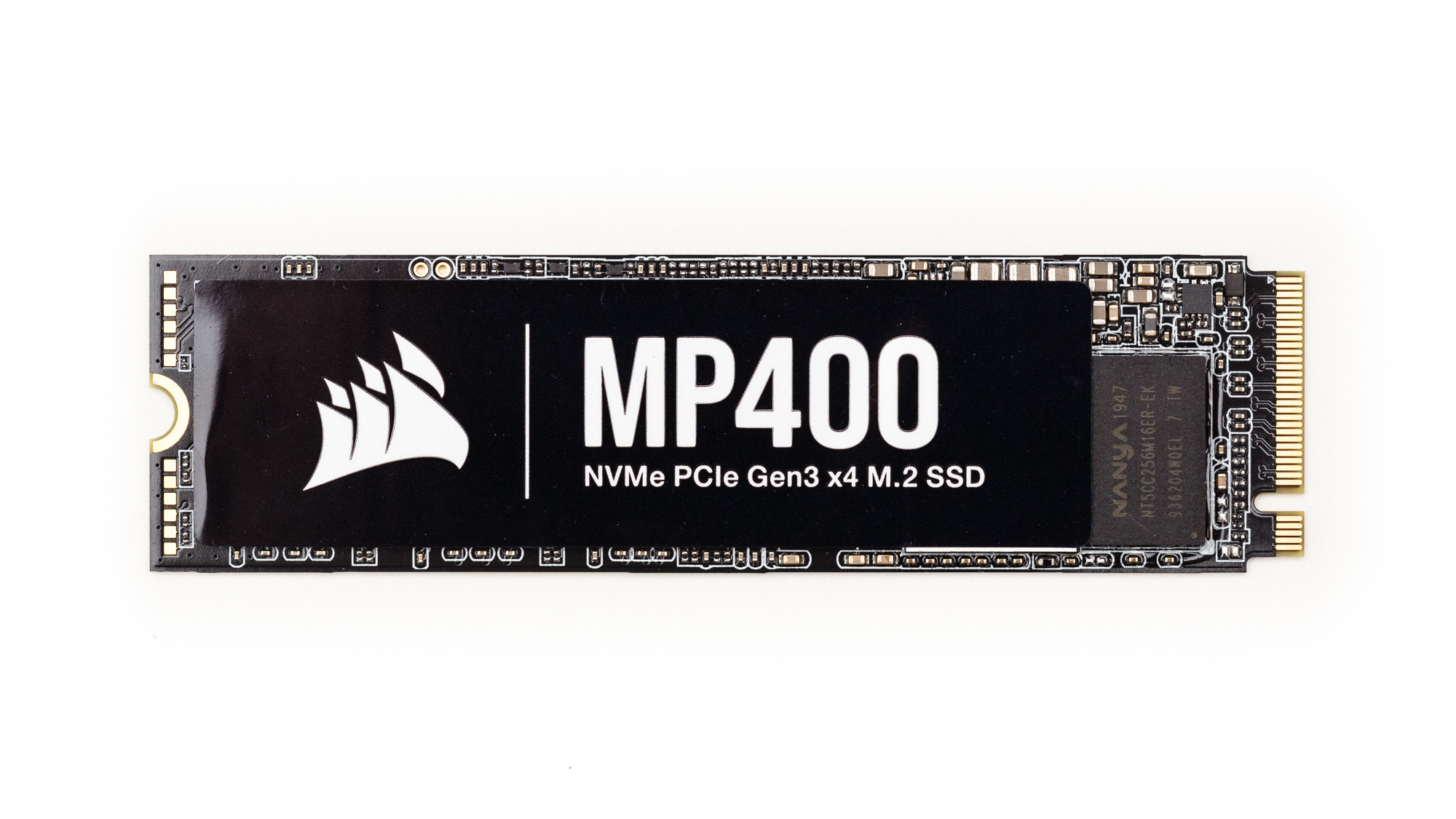
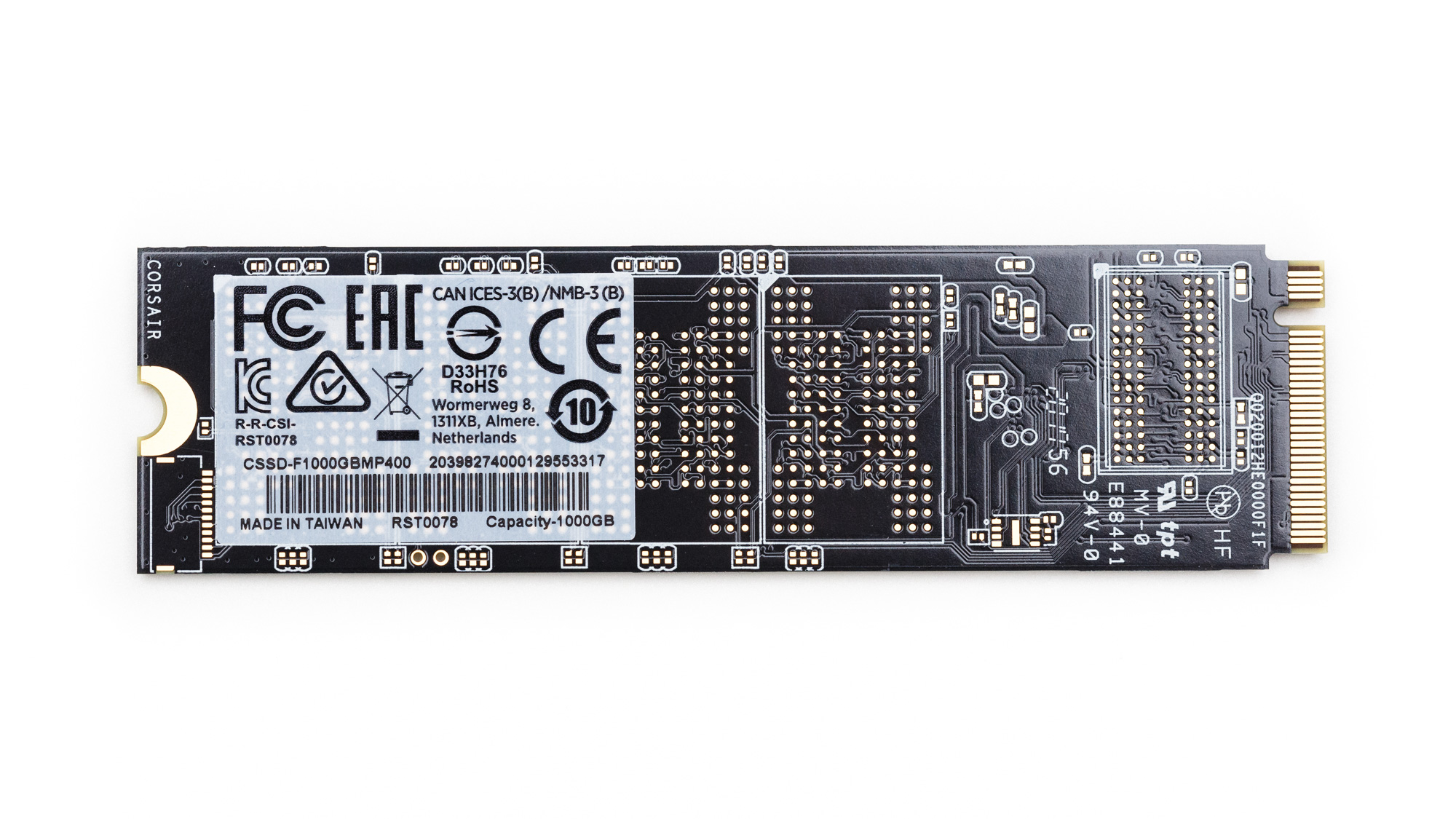
Corsair’s Force MP400 comes in an M.2 2280 form factor, with the 1TB and 2TB featuring single-sided PCB designs and the 4TB and 8TB models double sided. In terms of looks, the MP400 should blend in well with most builds. It looks clean and the glossy black sticker doesn’t detract from the design.
As previously mentioned, underneath that label lies Phison’s fastest PCIe 3.0 x4 NVMe 1.3 SSD controller, the PS5012-E12S. Phison’s E12S leverages the same basic design of the company’s normal 8-channel E12 controller. That is, it features two Arm Cortex R5 CPU cores operating at 666MHz, along with dual co-processors (CoXProcessor 2.0) and a DRAM-based architecture.
The fact that the E12S is manufactured using TSMC’s 12nm process node, rather than the 28nm process node that the E12 was produced on (like Corsair’s Force MP510) isn’t the only difference between them. This also enabled the company to reduce the controller size for spatial, as much as electrical and thermal efficiency.
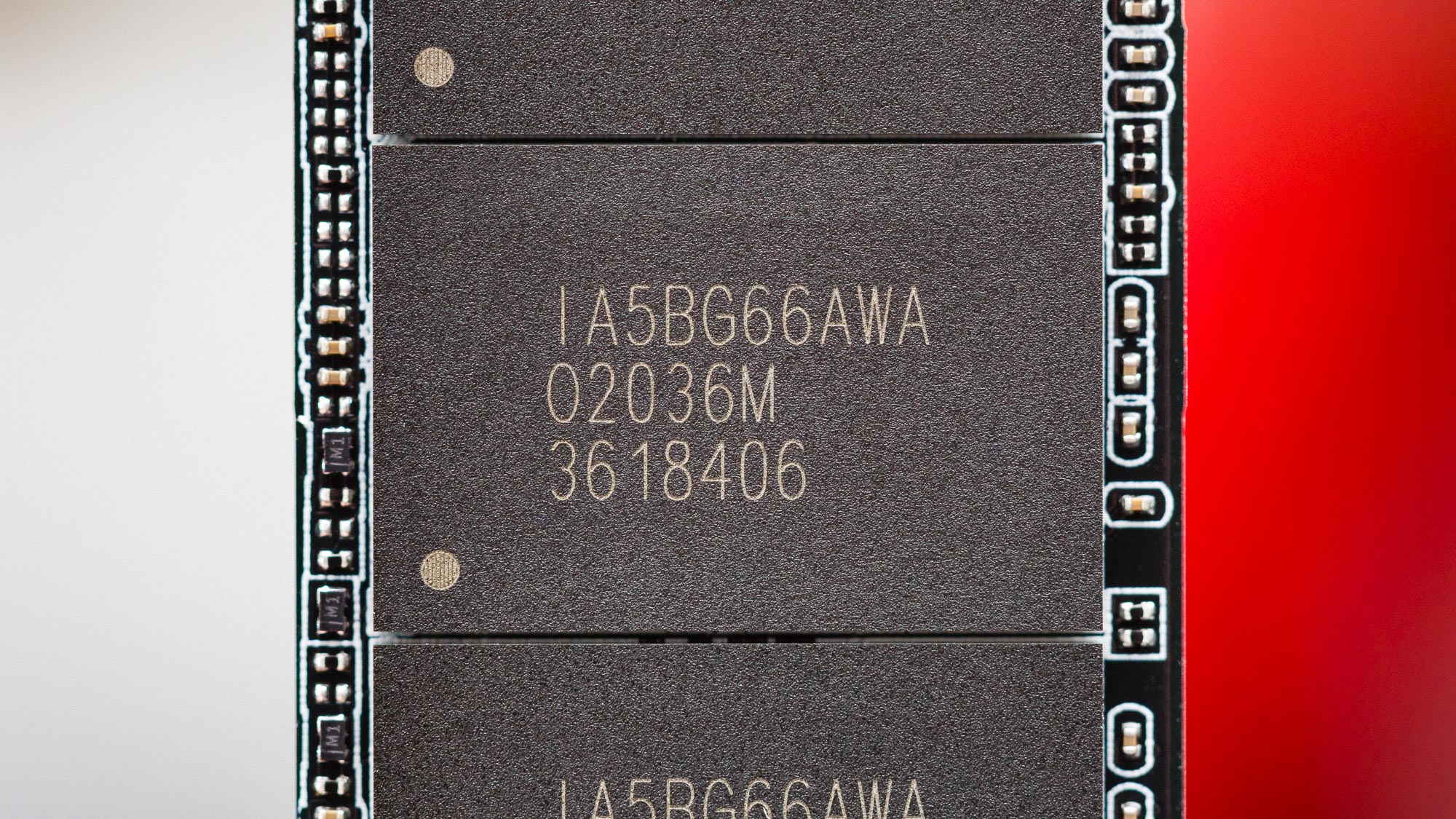
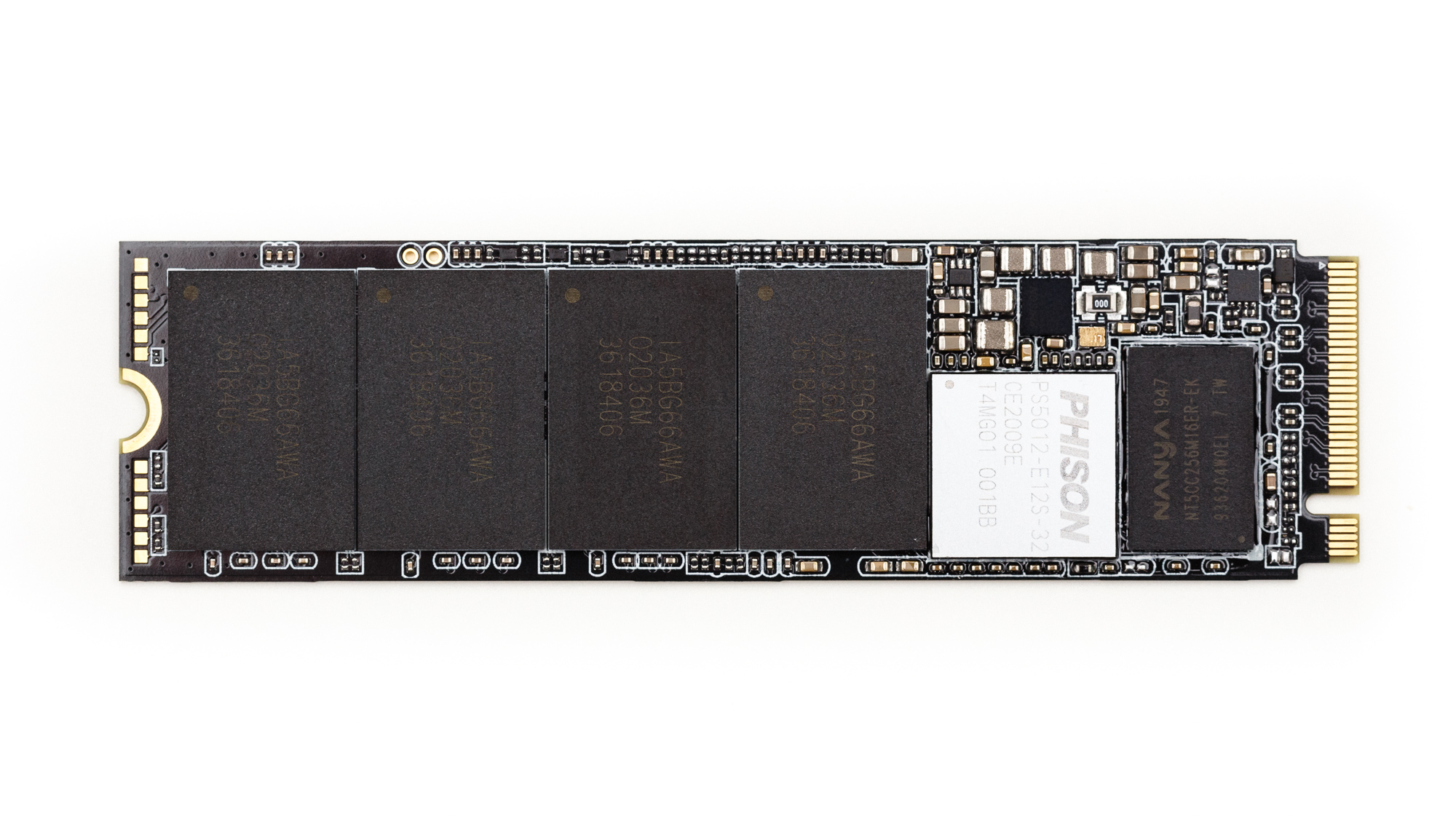
Corsair’s Force MP400 can fit up to four NAND packages on a single side of the PCB on, or up to 8 overall on the 8TB model. Our 1TB sample contains four packages with two of Micron’s 1Tb 96L QLC NAND flash dies in each. Each die interfaces at a speed of up to 666 MTps, roughly half the speed of Samsung’s and SK hynix’s latest flash. Micron’s flash features four subplanes or independent regions of access for better performance than with less. It also leverages a tile-based architecture for redundancy, as well as responsive and efficient small file reads.
With so much flash, especially so on the 8TB model, Phison had to invest in tuning the device’s thermals. To cool the Corsair Force MP400, the controller implements thermal throttling by reducing performance gradually if exceeding 80 degrees Celsius. To also help prevent that from happening, the SSD comes with Active State Power Management (ASPM), Autonomous Power State Transition (APST), and the L1.2 ultra-low power mode, too.
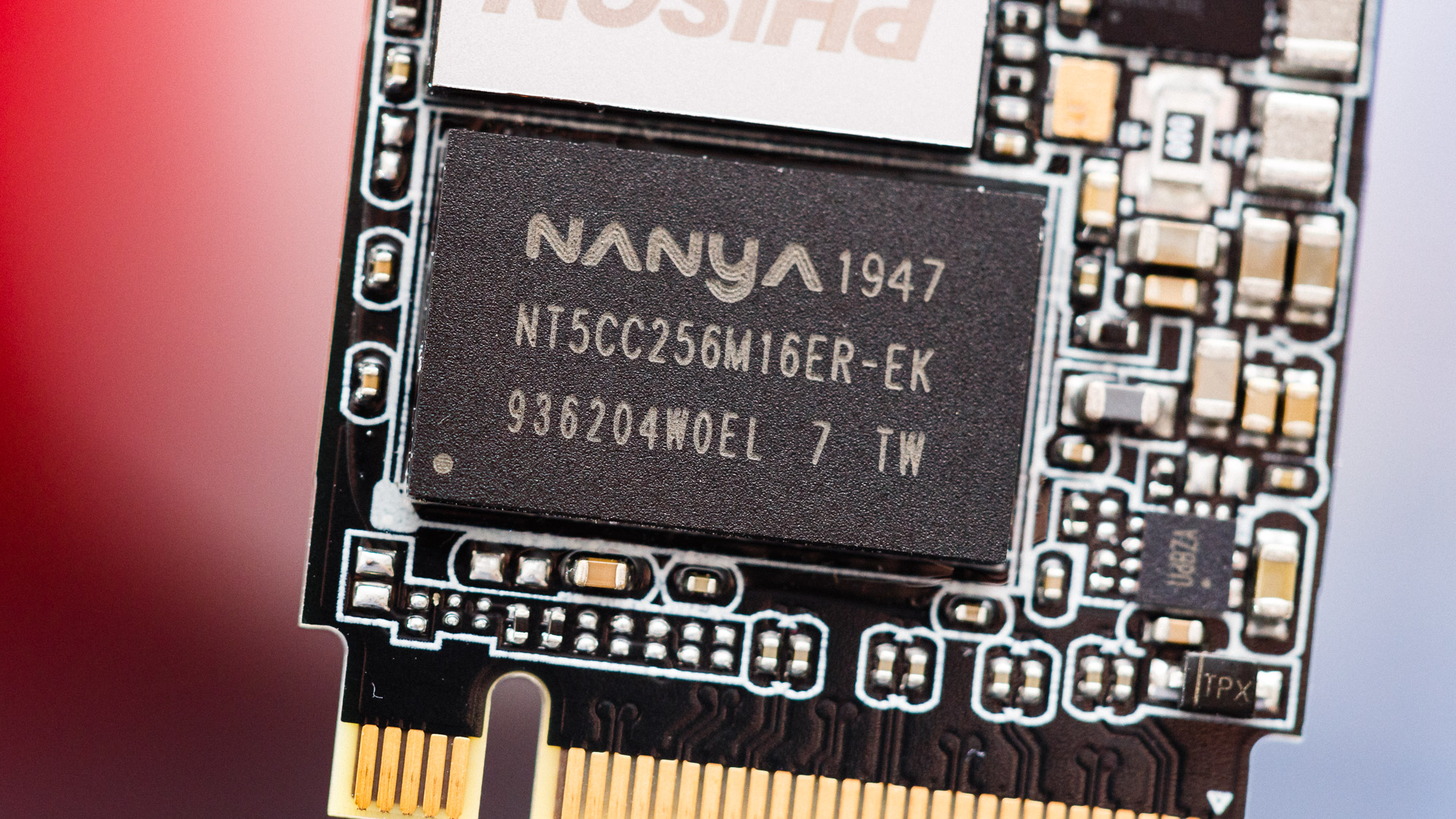
Acting as a buffer for the controller’s FTL management, there is a 4Gb NANYA DDR3L DRAM chip, operating at 1,600MHz. While we typically see a DRAM-to-NAND ratio of 1MB for every 1GB of NAND, the Force MP400 leverages half of that, which means that there may be some FTL table compression at play, or prioritization of hot and cold metadata into the buffer at the least.
MORE: Best SSDs
MORE: How We Test HDDs And SSDs
MORE: All SSD Content

Sean is a Contributing Editor at Tom’s Hardware US, covering storage hardware.
